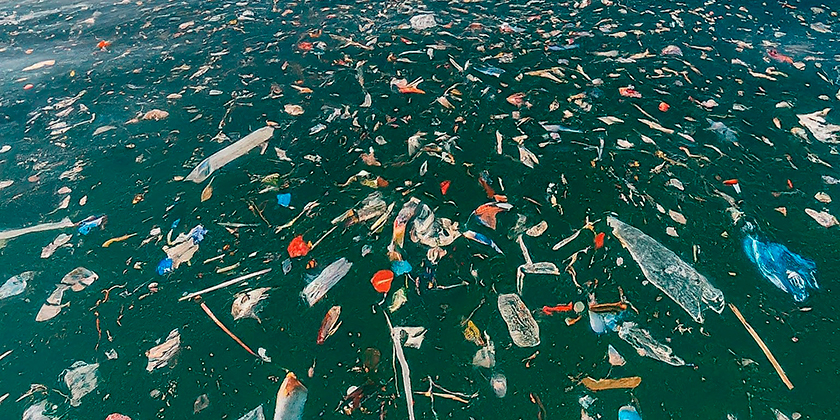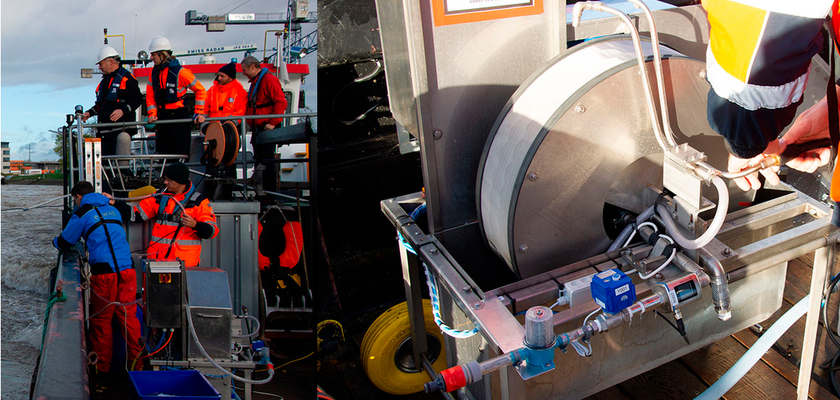Department Process Engineering
Determination of microplastics in watercourses

The high persistence of plastics in the environment, combined with improper disposal, has led to their accumulation in various environmental compartments. Exposure to solar radiation—particularly UV-B—and mechanical stress, such as wave action along shorelines or pumping in wastewater systems, breaks down macroscopic plastic particles into microscopic fragments. These fragments, ranging from 5 mm to 1 µm in size, are collectively referred to as microplastics (MP), irrespective of their chemical composition. Particles smaller than 1 µm are classified as nanoplastics; however, their occurrence in the environment remains largely uncertain due to analytical challenges. A study funded by the FOEN (contract no. 20.0093.PJ / C3DDE1CBA) aims to quantify MP in sewage sludge in order to estimate MP inputs from wastewater treatment plants into surface waters. As a complementary component to this doctoral research, MP concentrations in selected watercourses will also be assessed experimentally.
When sampling flowing water, the challenge is to isolate MP from large quantities of water (we assume x 1000 liters) and deposit it on suitable sample carriers. A promising approach could be drum screens, such as those used in wastewater technology. This technology enables quasi-continuous separation of solids from the liquid phase. Steel screens with a mesh size of 15-20 µm can be used for this purpose.
In the first stage, feasibility was assessed and various methods of sampling (drum screen, pressure filtration, bottle samples) of MP from flowing waters were tested (contract number: 06.0074.PZ / B74541A19). A modified, mobile drum screen system will be manufactured as part of this project and then deployed at selected NADUF locations. Sampling of the Rhone and Rhine rivers is currently underway.



